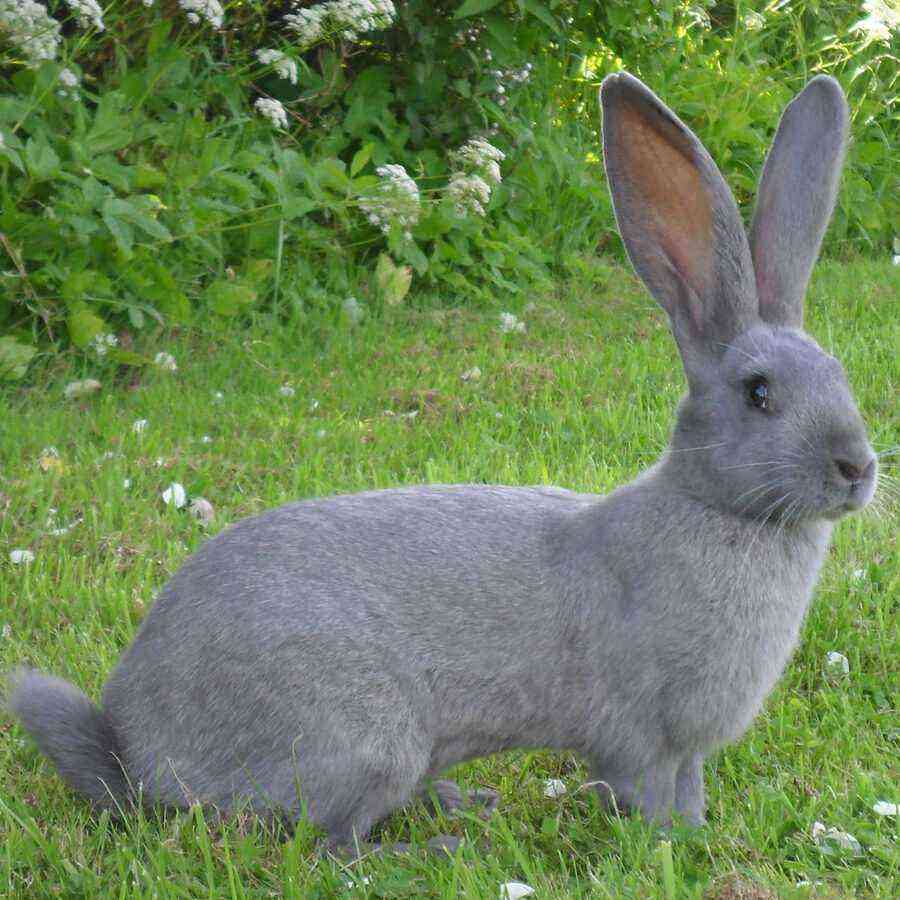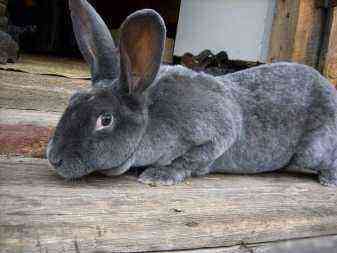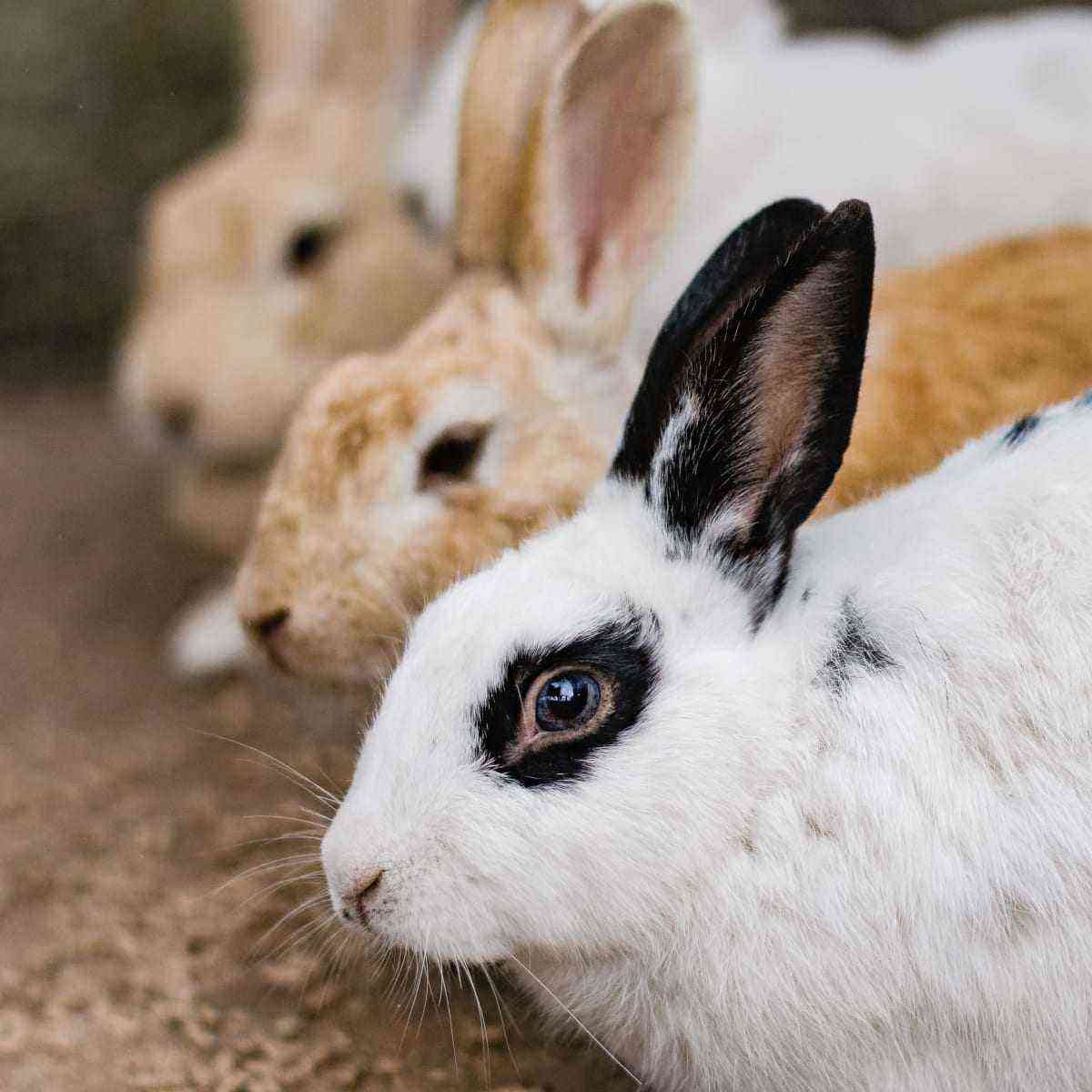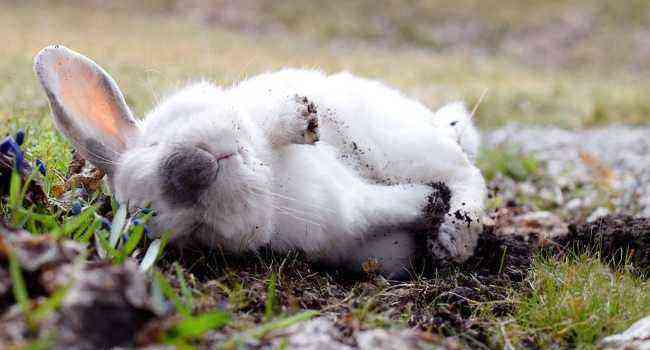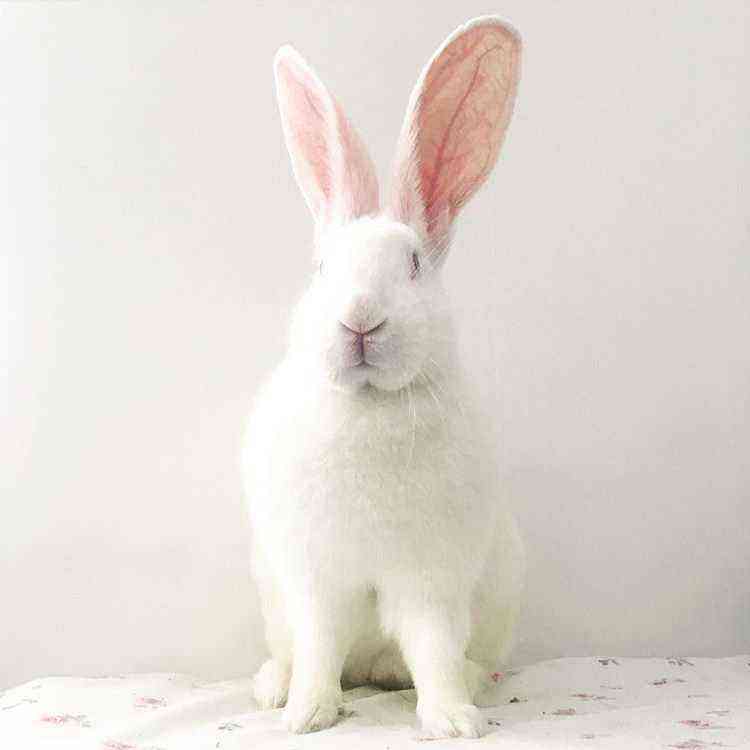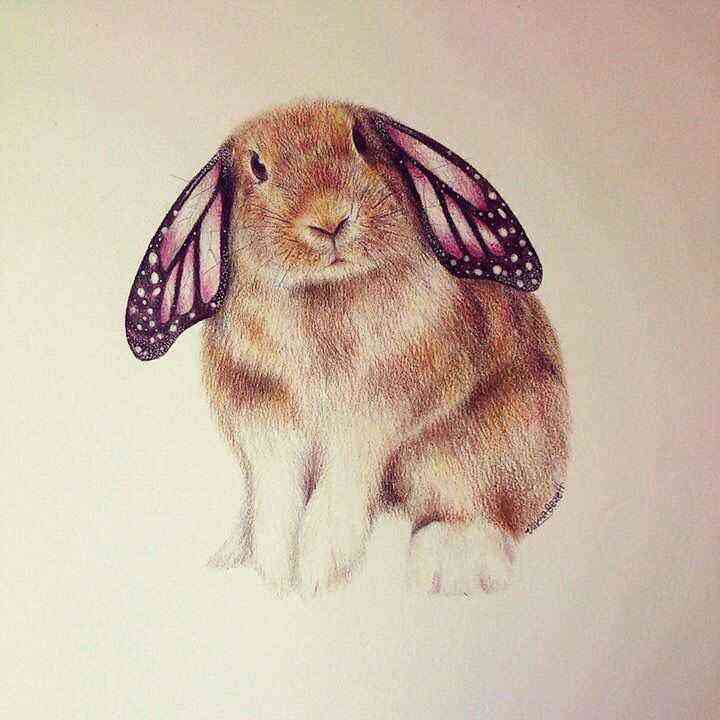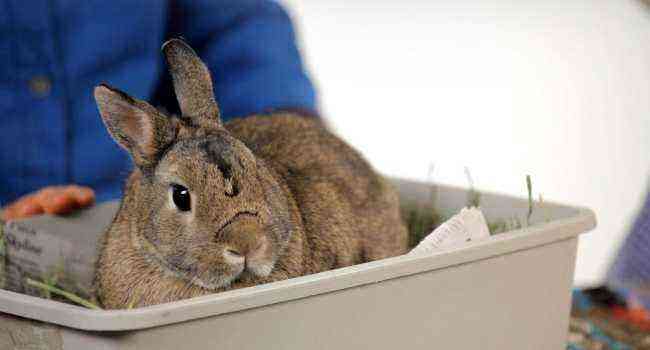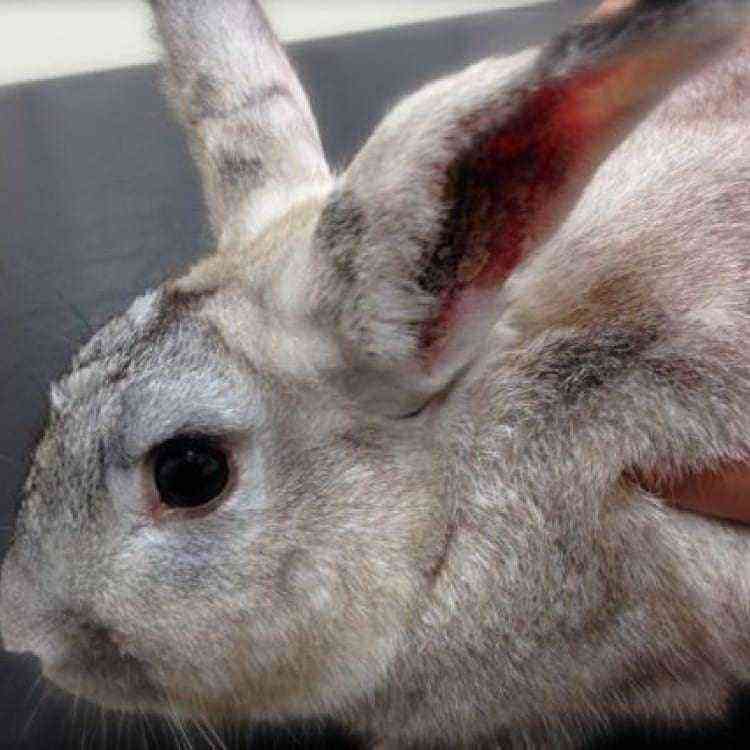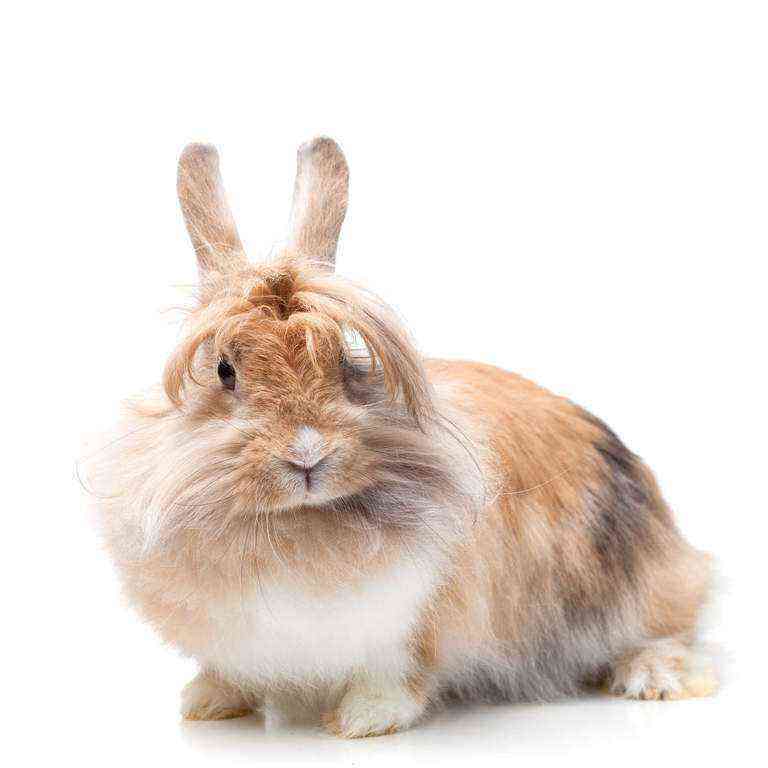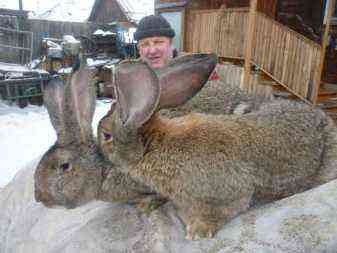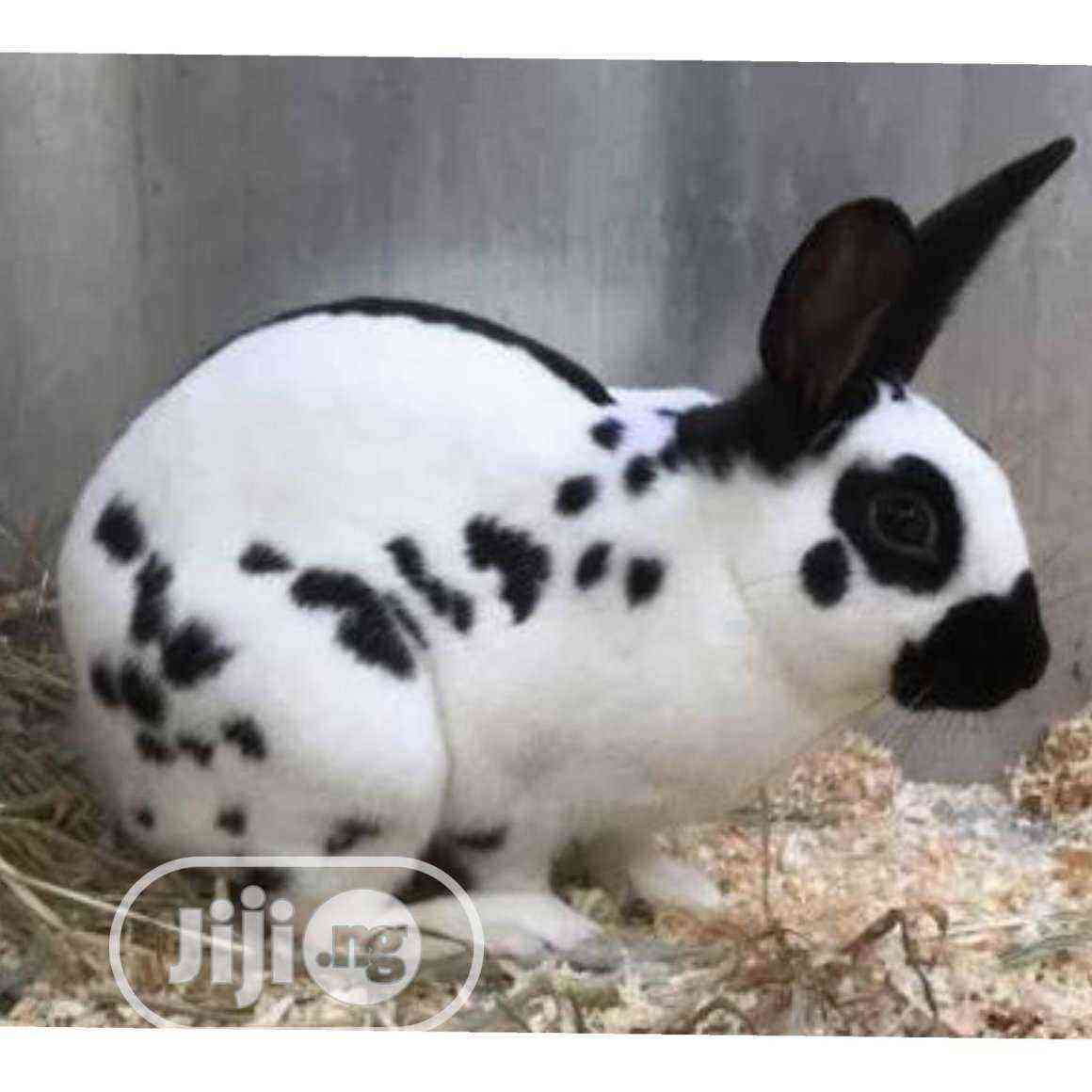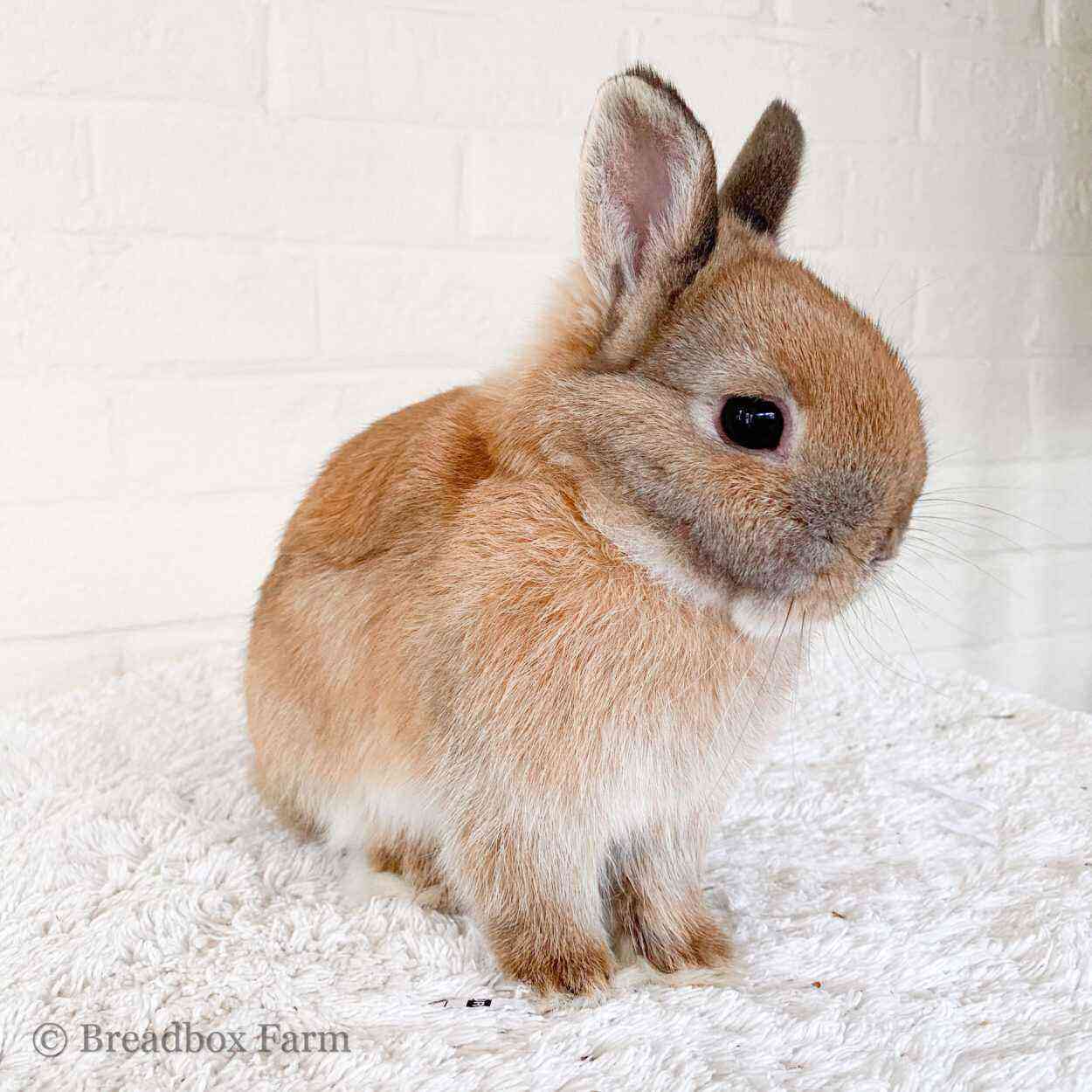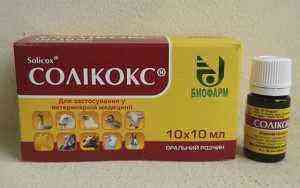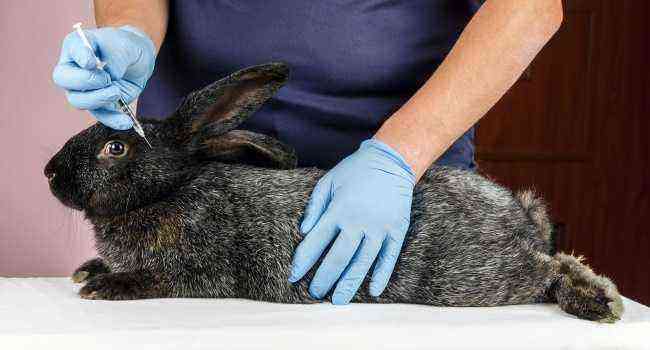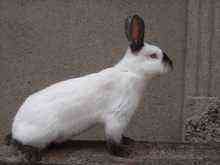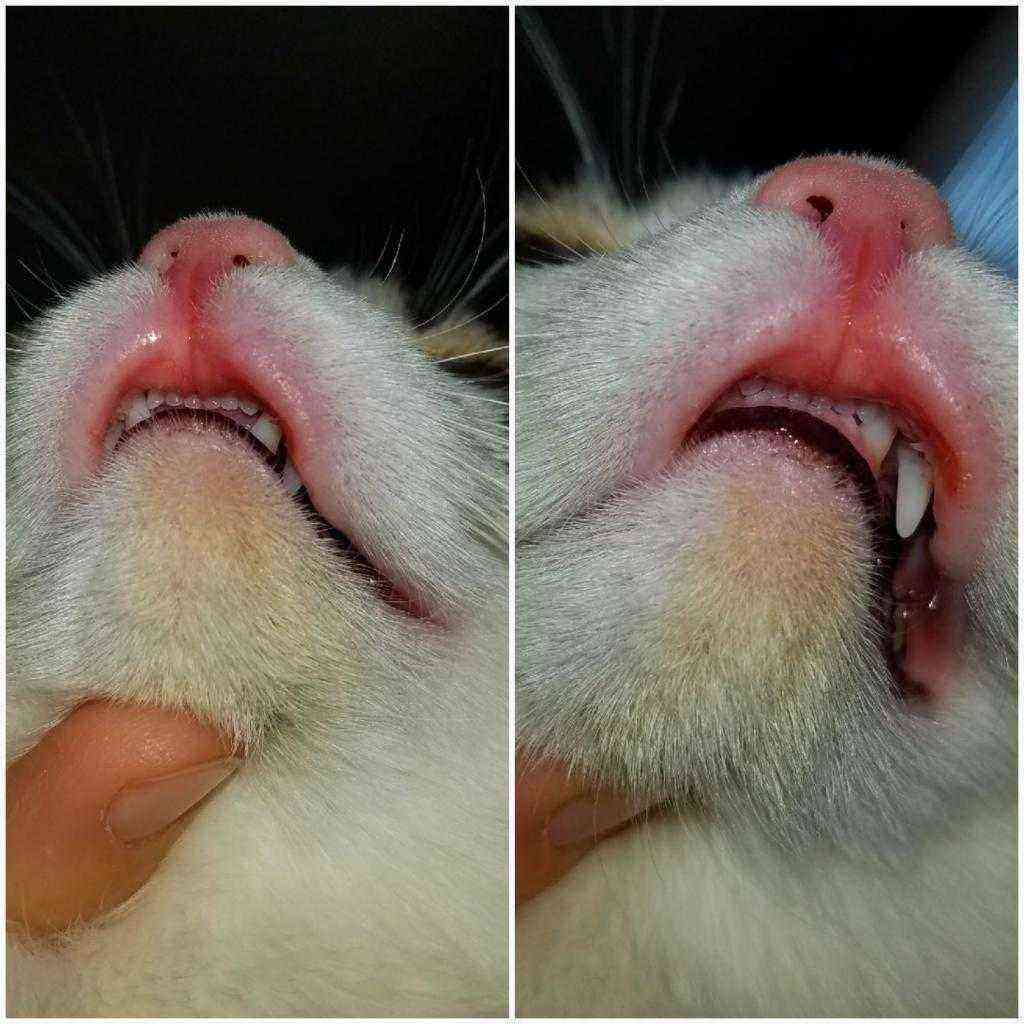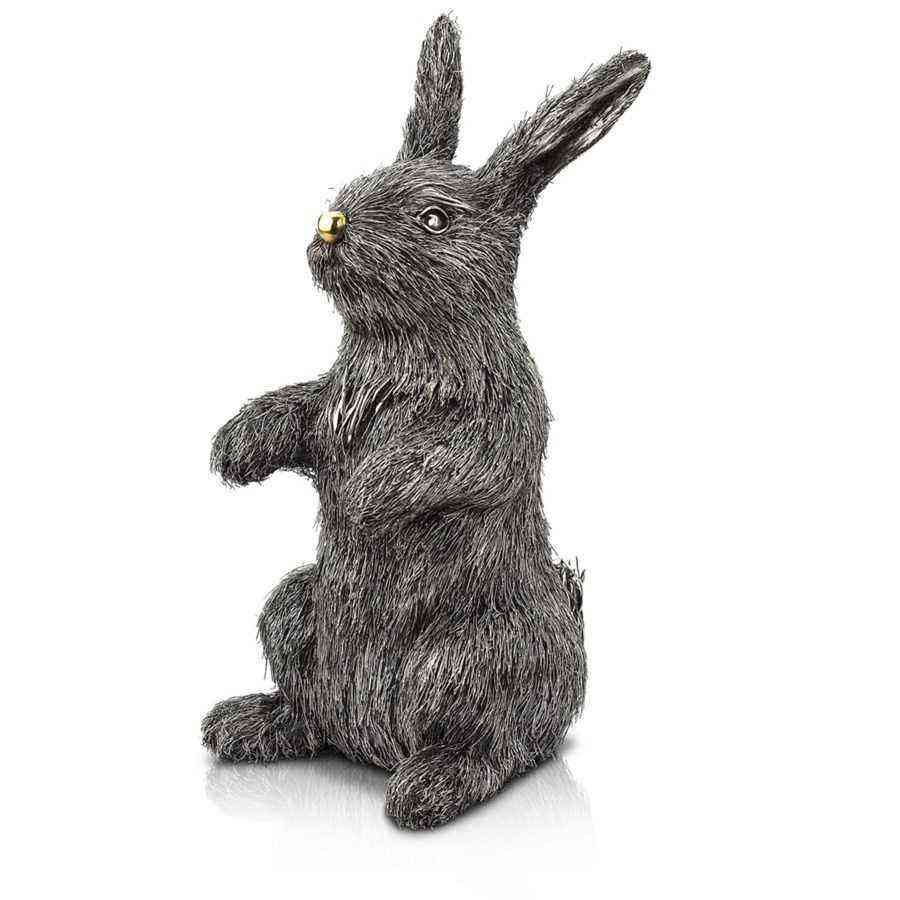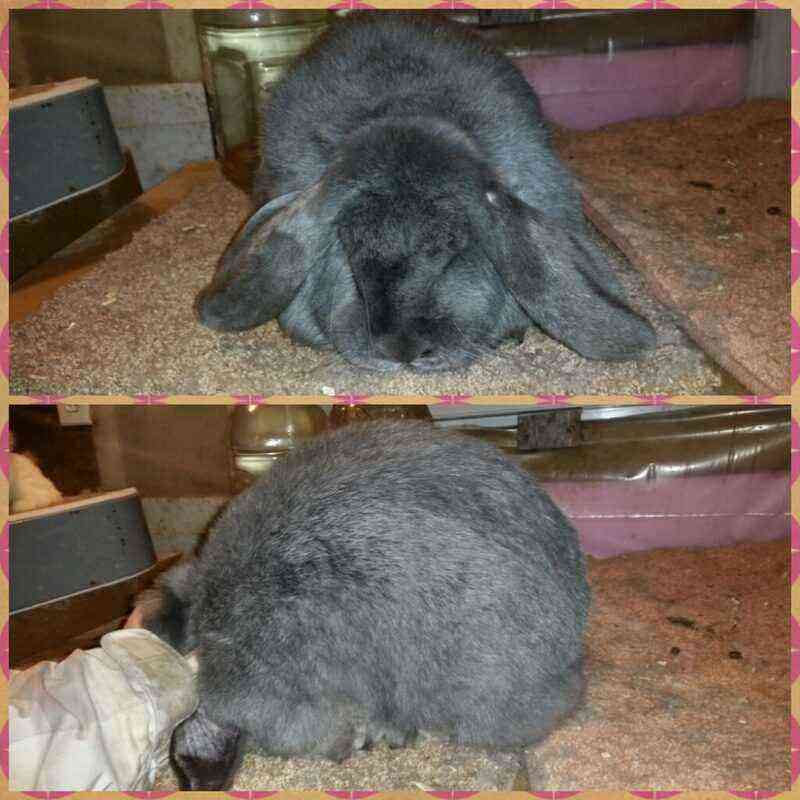Since rabbits are susceptible to external stimuli, their breeding requires special attention and proper care. Animals are highly susceptible to various diseases, so it is important to vaccinate pets in a timely manner and keep them in conditions favorable for normal existence and breeding. Even if all conditions are met, some animals may show unpleasant signs, such as hair loss. To solve this problem, it is important to understand why the rabbit’s hair falls out.

Why do rabbits lose hair?
If a new pet appeared on the farm, and the owner began to notice that the rabbit’s hair was falling out, you should not panic and go to the veterinary clinic.
4 months after the birth of the animal, the process of changing the undercoat (molt) begins. This is normal and happens several times a year. However, a large amount of fluff shed should alert the breeder, since a serious pathology can be the cause of this.
The causes of hair loss in rabbits are varied.
Molting
Normally, the frequency of molting is 2-3 times a year, but it can be observed more often if the room in which the rabbit is kept is well heated. If the pet is healthy, then a new undercoat will soon form on the bare skin.
During molting, the fluff can be shed in clumps, leaving bald patches at the shedding sites. If after 2-3 days the pet is covered with young fur, there is no reason for concern.
In order for the pet to feel good during this period, it is recommended to follow some requirements:
- The animal needs to be brushed regularly. This minimizes the entry of fluff into his mouth, and subsequently into the stomach, because during the molt, the rabbit thoroughly licks the body.
- When molting occurs, it is necessary to increase the dose of straw when feeding: it helps to move the hair through the esophagus and push them out of the intestines.
If the amount of excreted feces has become scanty, and it is dry with patches of wool, it is worth giving the animal 5-10 ml of petroleum jelly.
Ringworm
To determine that a rabbit has lichen, the following symptoms allow:
- partial loss of fluff;
- redness on bald patches;
- skin irritation.
In such a situation, it is recommended to visit a veterinarian to find the best method of treatment. Most likely, he will prescribe Ketoconazole or Miconazole.
It is strictly forbidden to use drugs intended for humans to remove lichen. They involve external use, and if you smear them on the affected areas of the pet’s skin, he will begin to lick himself and get poisoned.
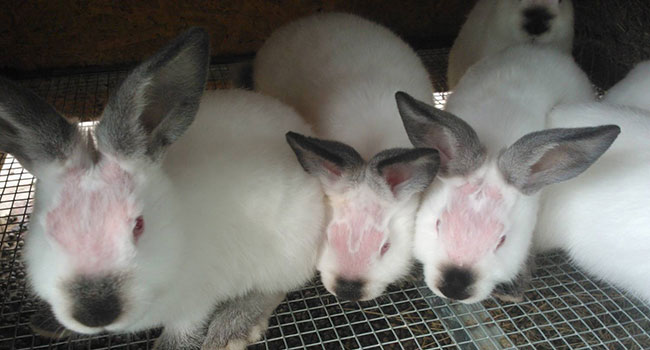
Fleas
The ways of infection with fleas are identical to other animals: they are transmitted from each other. The hair on the body of the animal begins to fall out if the parasites are in the subcutaneous sacs for a long time. Moreover, these insects can cause a pet disease such as myxomatosis, in which the eye conjunctiva becomes inflamed and bumps with abscesses form around the eyes.
Parasites are removed with flea drops, which are used when removing bloodsuckers in cats. Usually they are dripped on the withers of the animal. If the rabbit breed is decorative, it is more prone to allergens, and special sprays are used for it, which are applied to the spine.
pliers
It is common for a fluffy pet to have different types of mites, which can be located both under the epithelium layer and on the skin, as well as in the hair follicles of the fluff. Tick varieties include:
- fur mite;
- scabies (subcutaneous);
- ear.
To determine the presence of these parasites can be on the following grounds:
- irritation of the skin, most often on the back;
- excessive hair loss;
- scaly formations on the skin;
- unbearable itching makes the animal constantly itch;
- noticeable seals on the skin.
If you carefully examine the paw of a pet, you can see small moving organisms that live on the skin, which are called fur mites. They feed on dying skin particles, subsequently laying eggs at the site of germination of the undercoat. The larvae of this parasite suck the blood of the animal, and also suck out fluid from the sebaceous and sweat glands. This causes a loss of rabbit hair on the head, neck and back.
The scabies mite is considered even more dangerous than the fur mite. Signs of its presence are bumps and wounds, crusted on the pet’s skin. If the animal is not treated, the wounds begin to boil, and bald patches form around them.
In order to lay eggs, this type of bloodsucker penetrates the skin layer and makes whole tunnels. At the same time, the rabbit endures unbearable itching and combs itchy places, inflicting injuries on itself, into which the infection easily gets. As a result, his appetite disappears, he begins to get sick and may even die.
It is easy to guess that the ear mite lives in rabbit ears. However, in the absence of proper treatment, it spreads to other parts of the animal’s body. A symptom of its presence is the frequent combing of the auricles by the animal, and if you twist the ear, you can see a brown scab.
If the ear mite is not treated, it will soon damage the eardrums, as a result of which the work of the middle ear will be disrupted, meningitis will occur, and the destruction of the nervous system will begin. The pet’s behavior in such situations is inadequate: in the last stages, it circles around itself, then falls to the ground and dies.
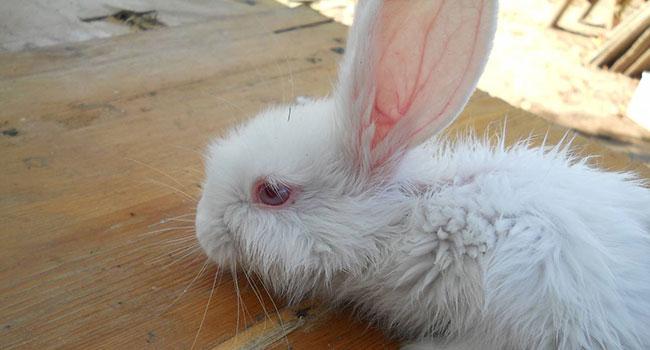
Failure of the hormonal system
With abundant hair loss, a veterinarian can diagnose a hormonal imbalance. He makes this conclusion on the basis of the conducted blood tests of the animal. In this case, medications are prescribed or nutrition is changed to normalize the functioning of the hormonal sphere, after which the elasticity and hair composition of the eared animal’s skin is restored.
skin fungus
Symptoms of skin fungus infection:
- tickling itching;
- loss of fluff near the auricles;
- bruising in places where hair is shed;
- scaly skin.
Treatment of the fungus includes the following activities:
- shearing fluff from the affected areas;
- applying an antifungal ointment to the skin (Fenistil or Suralan);
- the use of antimycotics.
Lack of vitamins
Vitamin deficiency can also cause hair loss. The veterinarian will recommend changing the pet’s food and supplementing the diet with vitamin complexes.
Tumor formations on the body of a furry animal
Tumors that occur on the body of a rabbit are a fairly common occurrence. To determine the nature of the neoplasm, the veterinarian takes a biopsy of the internal tissue and makes a diagnosis based on laboratory tests. If necessary, surgical intervention is prescribed.
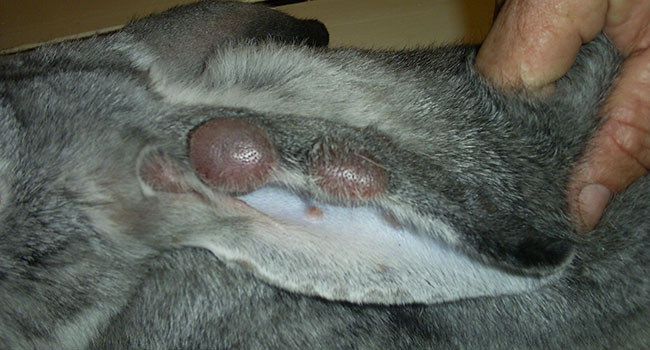
Other types of diseases
Pet hair loss can be caused by other diseases that disrupt the normal functioning of internal organs, such as rabbit syphilis.
Most often, this disease is found in nurseries or farms, which are characterized by a large accumulation of various breeds of rabbits. Syphilis is transmitted sexually (not dangerous to humans).
The disease is expressed in the formation of ulcers in the genital area and on the head. Penicillin is used to treat this disease.
A disease such as rabbit pox, similar to rabbit syphilis, is characterized by the formation of scabs in the perilabial zone and the genital area.
Since smallpox resolves itself after a while, there is no special treatment for it.
Fight for a female
Fights without rules are typical for youngsters. If it is not possible to seat pugnacious males in different enclosures, they are castrated.
Biting off your own fluff
Most often this happens due to boredom. In this situation, the rabbit should be distracted by something, for example, give him a wooden stick with sticky cereals or let him go for a walk.
There are many reasons for excessive hair loss in rabbits. To establish a true pet, you should show an experienced specialist who will conduct the necessary examination and prescribe treatment.

